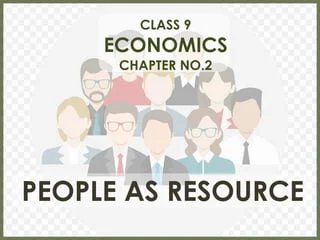Development Experience of India – A Comparison with Neighbours - Class 12
Development Experience of India – A Comparison with Neighbours is a chapter in Class 12 Economics that explores India's economic development in comparison to its neighboring countries. It covers topics such as: Economic Indicators: Comparisons of key economic indicators, such as GDP, per capita income, poverty rates, and industrialization levels, between India and its neighbors. Development Strategies: A comparison of the development strategies adopted by India and its neighbors, including their focus on agriculture, industry, and services. Social Development: A comparison of social development indicators, such as literacy rates, health outcomes, and gender equality, between India and its neighbors. Challenges and Opportunities: An examination of the common challenges and opportunities faced by India and its neighbors in their development journeys. This chapter aims to provide students with a comparative perspective on India's economic development and to help them understand the factors that have contributed to its successes and challenges. ভারতের উন্নয়ন অভিজ্ঞতা-প্রতিবেশীদের সঙ্গে তুলনা হল দ্বাদশ শ্রেণির অর্থনীতির একটি অধ্যায় যা প্রতিবেশী দেশগুলির তুলনায় ভারতের অর্থনৈতিক উন্নয়নের অন্বেষণ করে। এতে অন্তর্ভুক্ত বিষয়গুলি যেমনঃ অর্থনৈতিক সূচকঃ ভারত ও তার প্রতিবেশীদের মধ্যে জিডিপি, মাথাপিছু আয়, দারিদ্র্যের হার এবং শিল্পায়নের স্তরের মতো মূল অর্থনৈতিক সূচকগুলির তুলনা। উন্নয়ন কৌশলঃ কৃষি, শিল্প এবং পরিষেবাগুলিতে তাদের ফোকাস সহ ভারত এবং তার প্রতিবেশীদের দ্বারা গৃহীত উন্নয়ন কৌশলগুলির তুলনা। সামাজিক উন্নয়নঃ ভারত ও তার প্রতিবেশীদের মধ্যে সাক্ষরতার হার, স্বাস্থ্যের ফলাফল এবং লিঙ্গ সমতার মতো সামাজিক উন্নয়ন সূচকগুলির তুলনা। চ্যালেঞ্জ এবং সুযোগঃ ভারত এবং তার প্রতিবেশীরা তাদের উন্নয়ন যাত্রায় যে সাধারণ চ্যালেঞ্জ এবং সুযোগের মুখোমুখি হয় তার একটি পরীক্ষা। এই অধ্যায়ের লক্ষ্য হল শিক্ষার্থীদের ভারতের অর্থনৈতিক উন্নয়নের বিষয়ে তুলনামূলক দৃষ্টিভঙ্গি প্রদান করা এবং এর সাফল্য ও চ্যালেঞ্জগুলির ক্ষেত্রে যে কারণগুলি অবদান রেখেছে তা বুঝতে তাদের সহায়তা করা।
English
Last updated
Wed, 27-Nov-2024



















